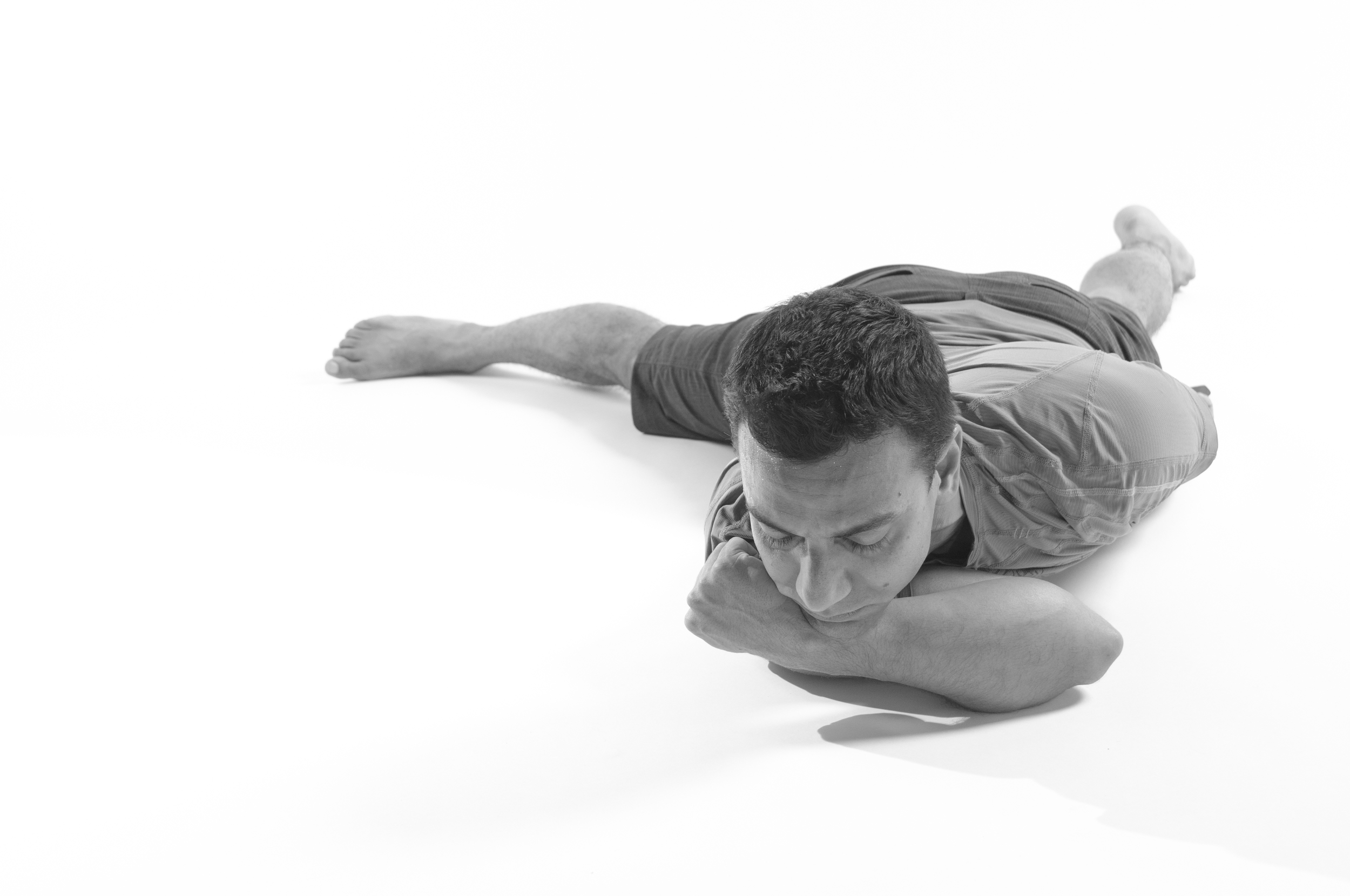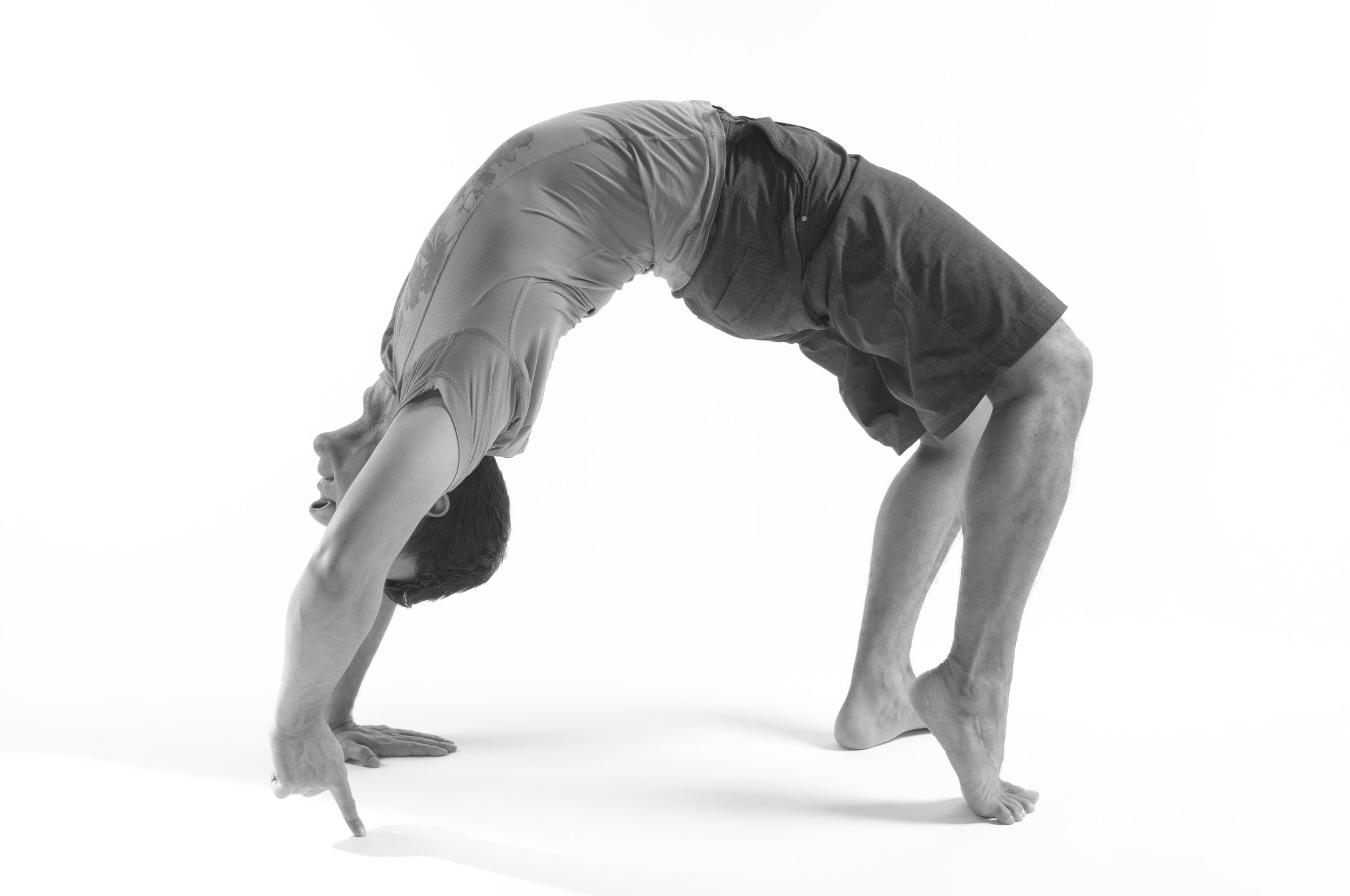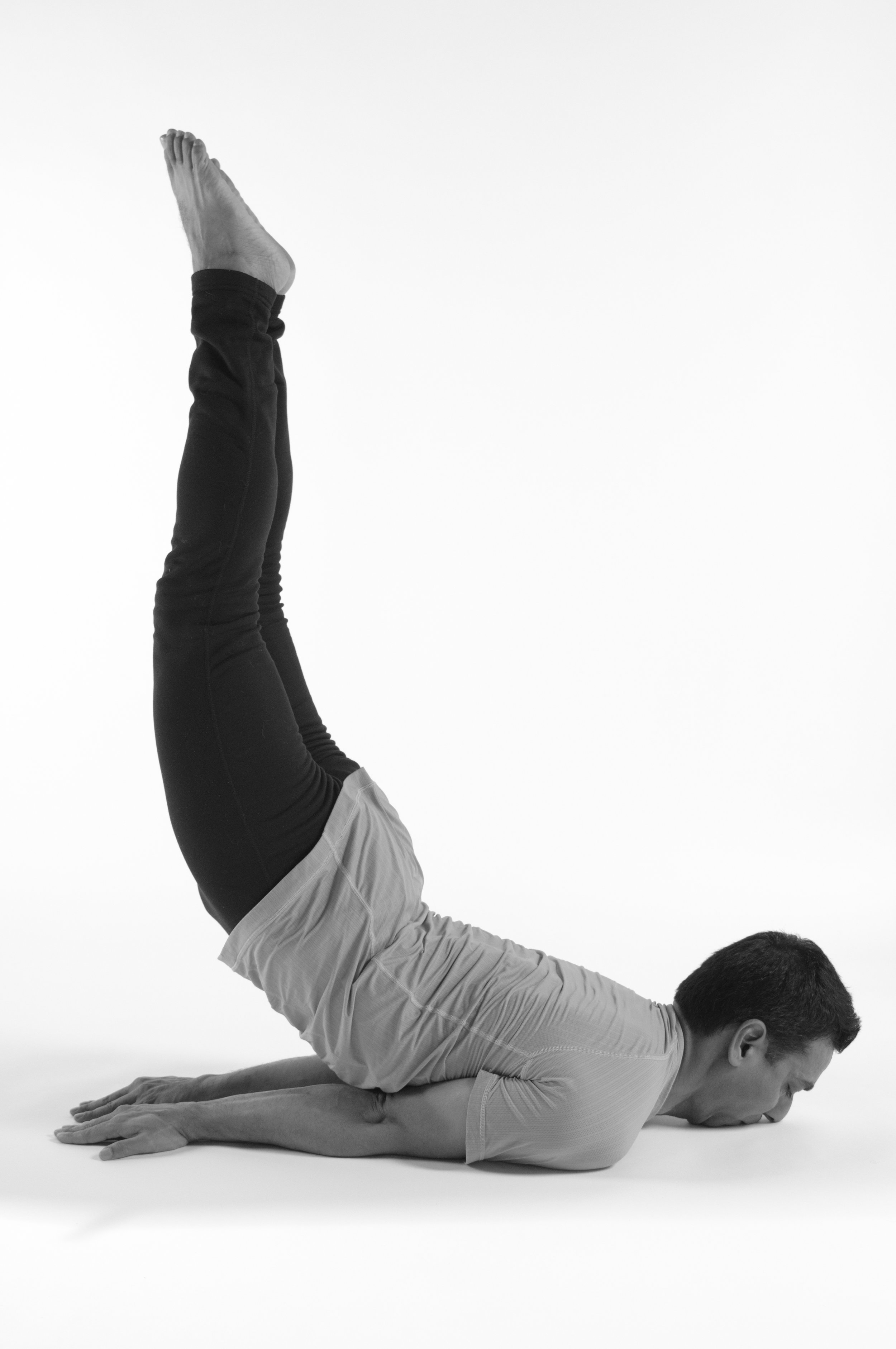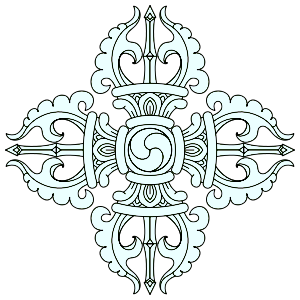
Eka Bhuja Padmasana

Anahata-padmasana

Ekapada-kakasana

Matsyasana
The key to this asana is to pull on the feet such that the curvature of the spine reduces the pressure on the head. This deepens the padmasana as well as backbend of all parts of the spine.

Angula-urdhva-dhanurasana
This is a preparatory state where you reduce reliance on feet and palms, by lifting one hand and one foot off the ground. Of course it is easier to pair the right palm and left foot, than both on the same side. Eventually one can reach for the foot with the palm.

Ekabuja-padma-ekabhuja-vajraasana
The arm configuration of this asana is such that the right arm mimics padmasana, and the left arm mimics vajrasana. Extending the right leg to the right side, perpendicular to the torso, and pressing in the ground to bring the left shoulder down closer to the ground will deepen the arm rotations.

Shalabasana
In addition to back strength, it also encourages arm flexibility and strength. Once the legs become vertical, the pose becomes easier to sustain. It's a good practice to press into the entire forearms and palms to create a strong lever.

Eka-pada-prapadasana, Ekapada-padmasana
While arriving at this pose from a Vrikshasana followed by folding forward to touch the ground is a safe approach, as your quadraceps and knees gain strength and stability, you can simply bend your standing knee carefully without support of your hands.

Padmasana
Patanjali describes: Sukha Sthira Asana. This translates to: Ease and Steadiness in Postures. Padmasana is the quintessential pose representing this approach. The vertebra must be naturally straight allowing free movement of cerebrospinal fluid without muscular engagement of torso; legs must be comfortable to support the structure of the body as well as enable Mulabandha (root lock) and Udiyanabandha (diaphragmatic lock); palms can face forward or down based on what keeps the shoulder-blades naturally down. In this position, lungs must have the freedom to breathe fully, as well as engage in pranayamas and kumbak (holding of breath). Finally, wrists will create further steadiness by creating a pyramid-like support using straight elbows. The body and mind must be able to support this pose with ease and steadiness.









